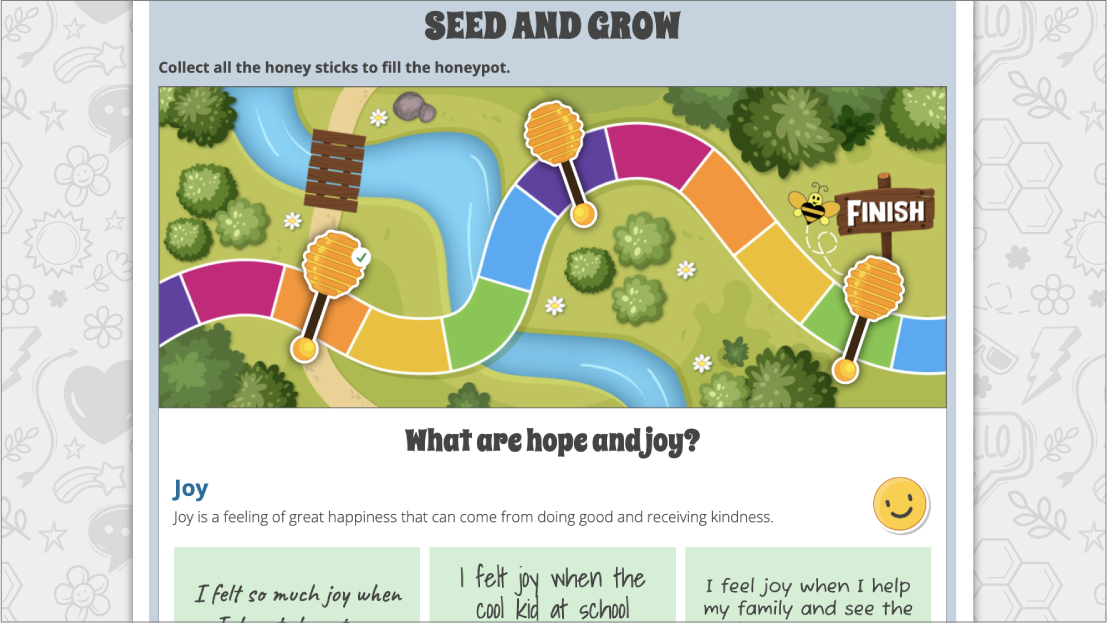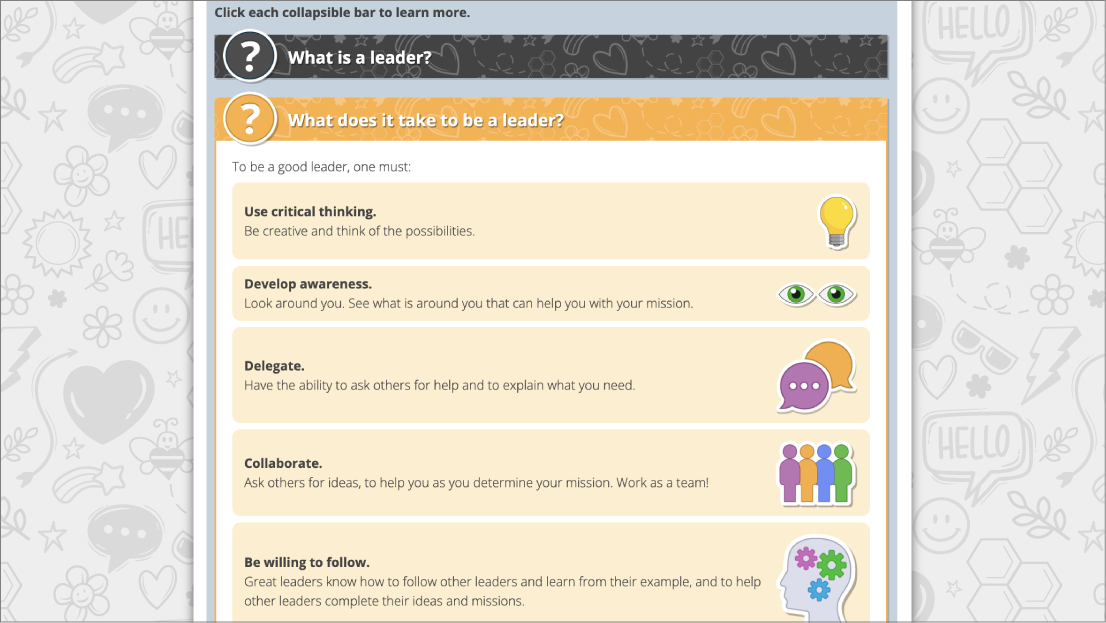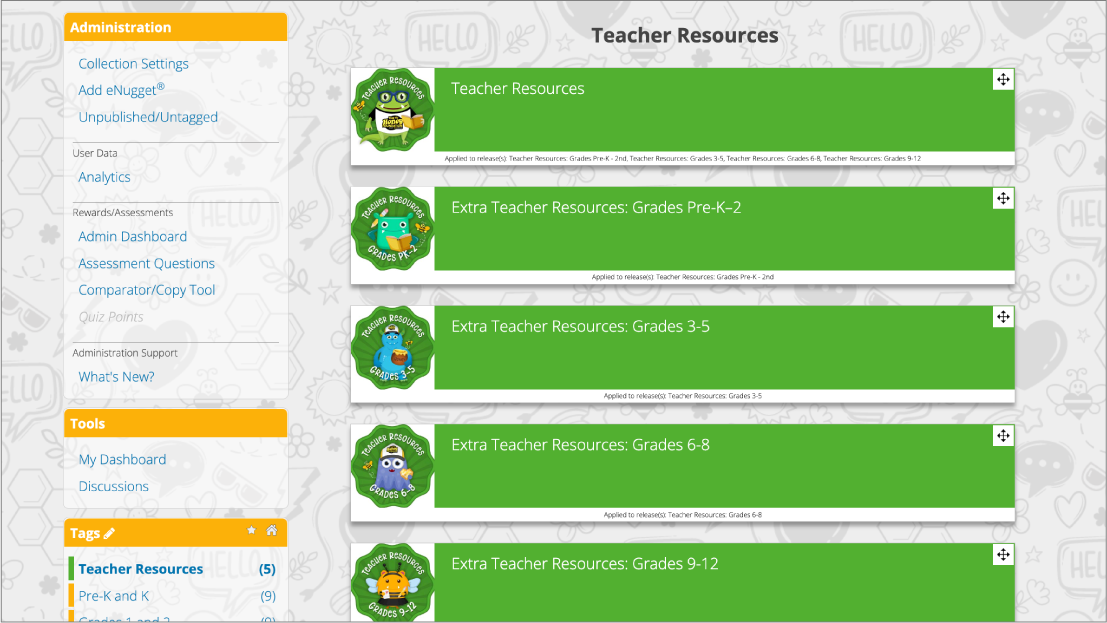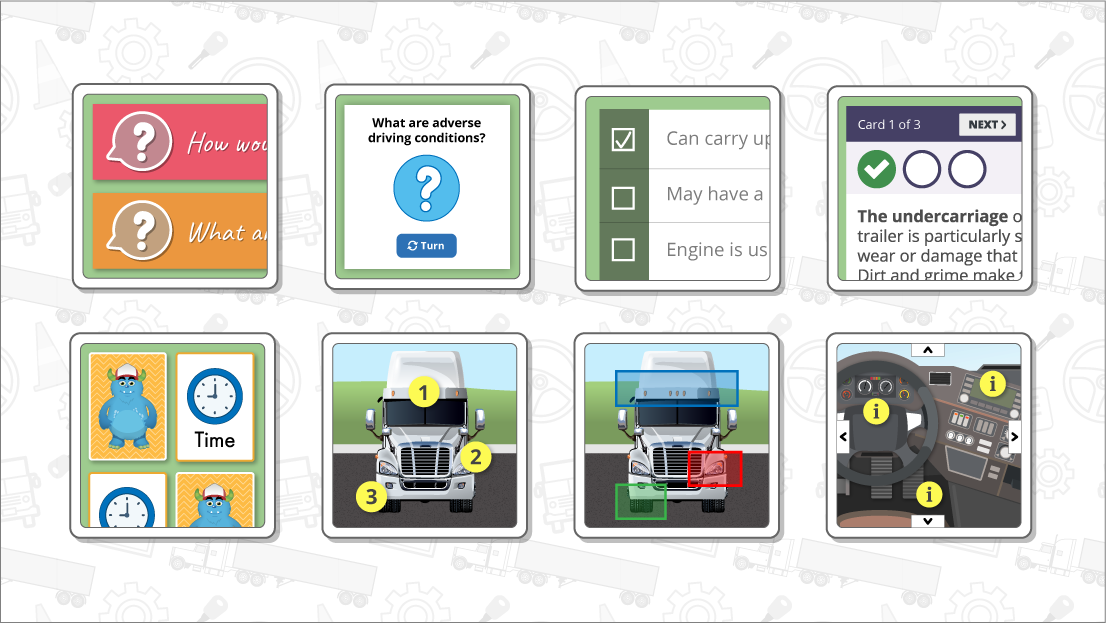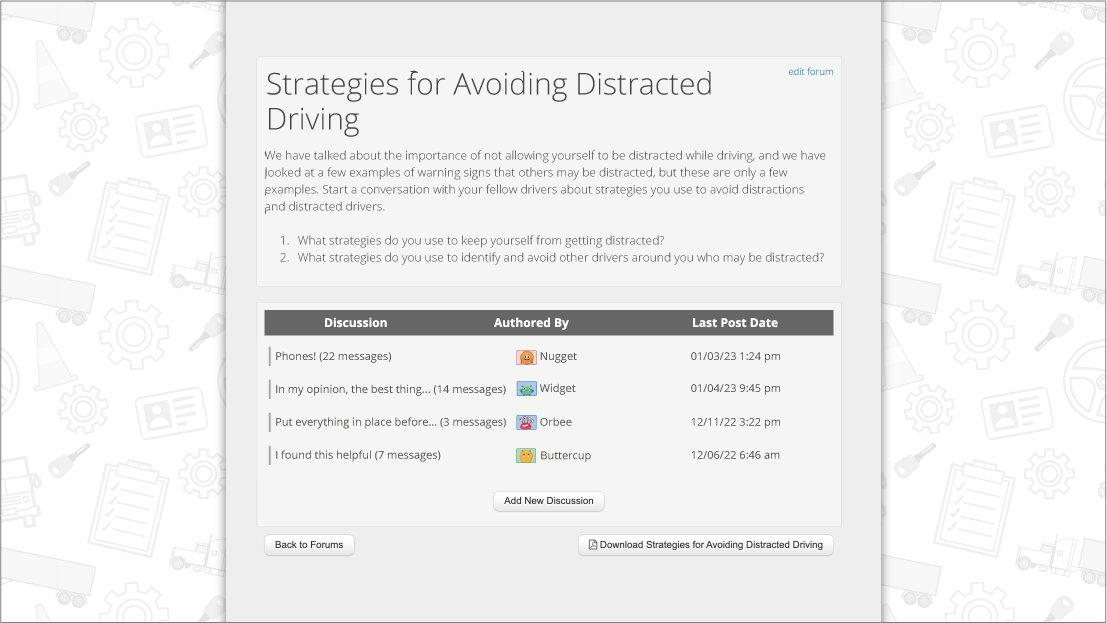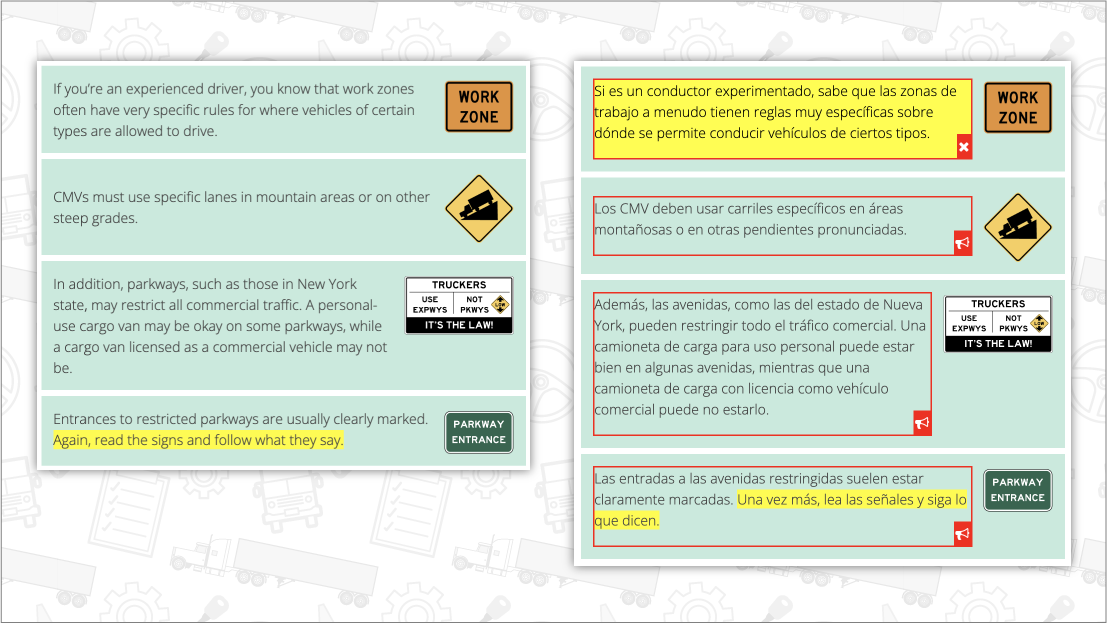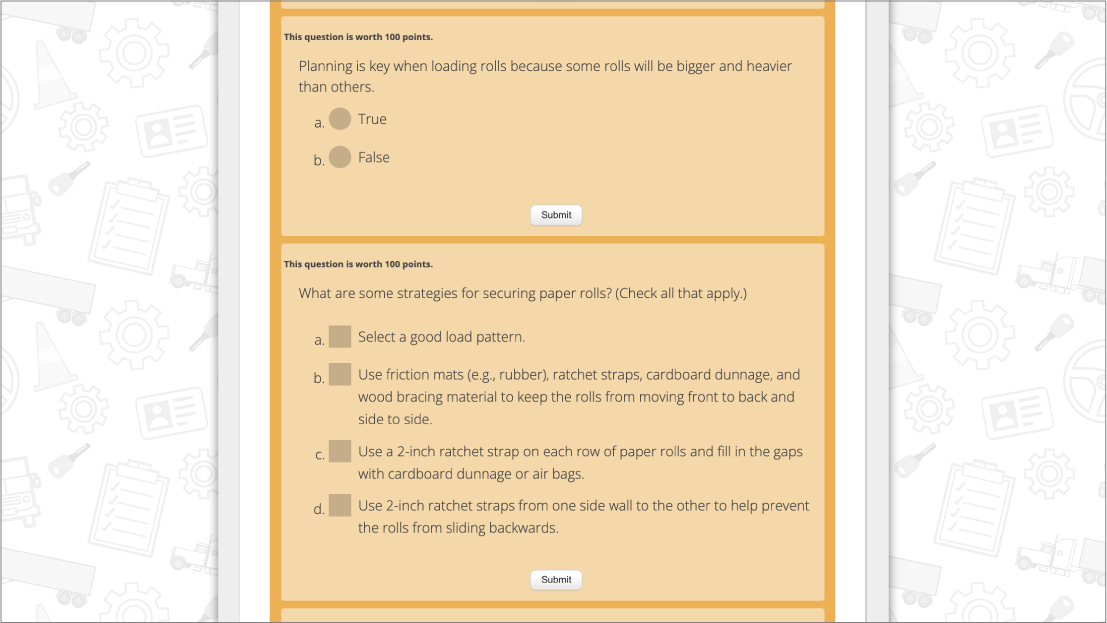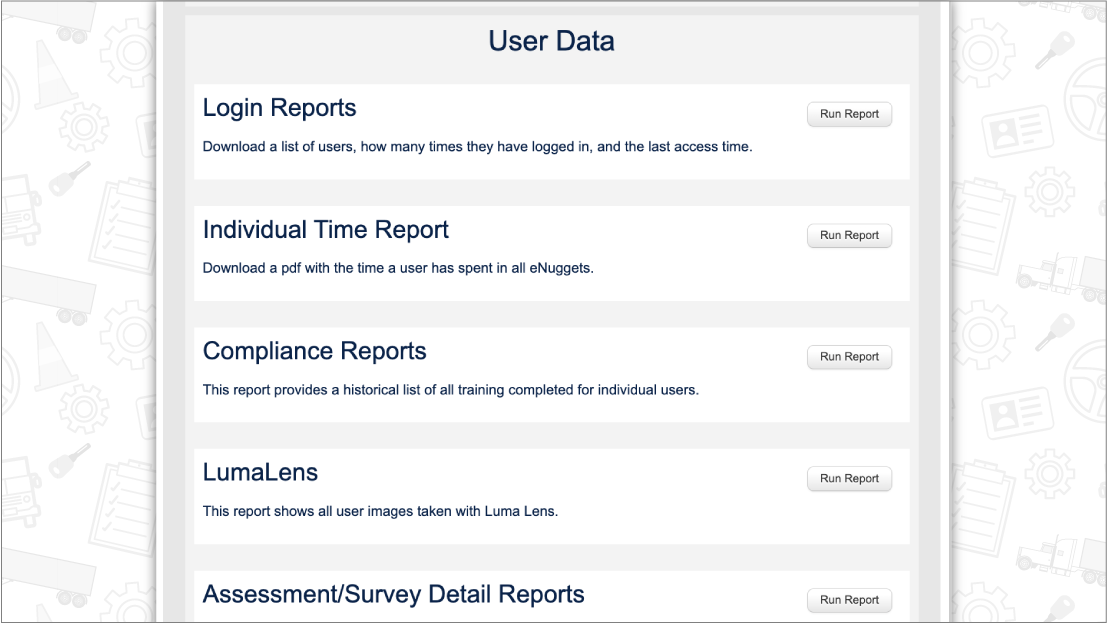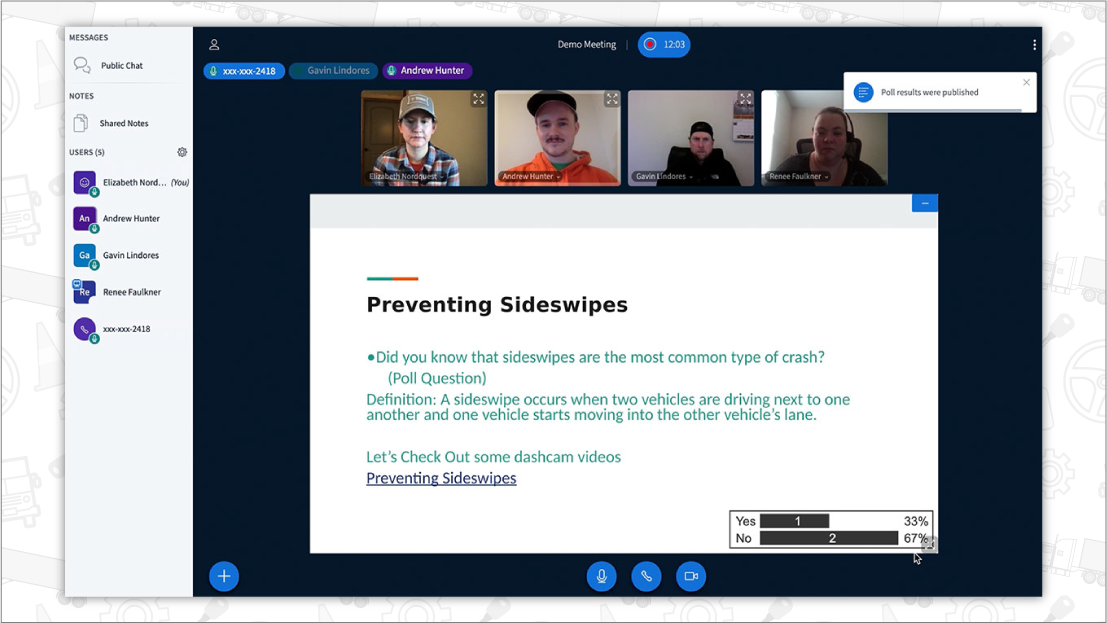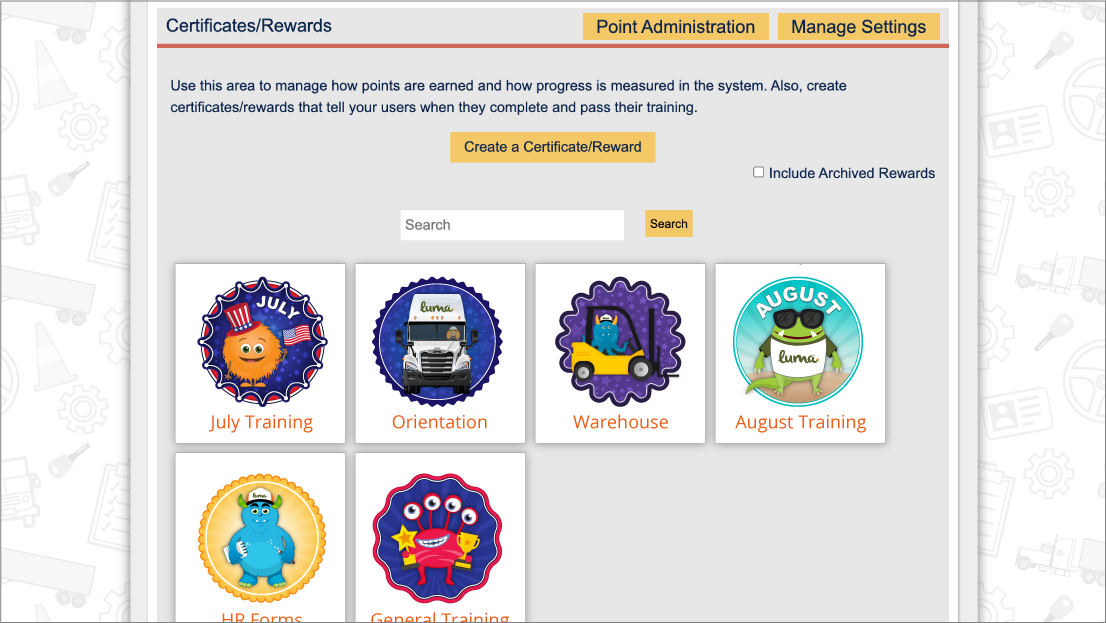![]()
COVID-19 Outbreak Journaling/Writing Prompts for Adults and Children
Children and adults alike may be struggling with stress and depression during the COVID-19 Outbreak. Journaling can help manage anxiety, reduce stress, and help you cope with depression. It can also help children who may be bored or home schooled. This Learning Lesson will provide tips to help you or help you get your children getting started with journaling and will provide several exercises and prompts.
 Have your heard? Our Learning Lessons have been collected into a book available for purchase on Amazon.com! Teaching Without A Teaching Degree: Luma Learning Lessons contains 52 lesson plans and worksheets with 106 different teaching strategies designed for the trucking industry that can easily be adapted to suit any age and content topic.
Have your heard? Our Learning Lessons have been collected into a book available for purchase on Amazon.com! Teaching Without A Teaching Degree: Luma Learning Lessons contains 52 lesson plans and worksheets with 106 different teaching strategies designed for the trucking industry that can easily be adapted to suit any age and content topic.Our free Luma Learning Lessons include objectives, estimated time, materials and instructional procedures for classroom and online/blended teaching. We will provide strategies on how to use our new LumaLive technology to collaborate virtually in real-time. We include these pillars from our learning research to illustrate where they are infused in our lessons.
Interaction Types
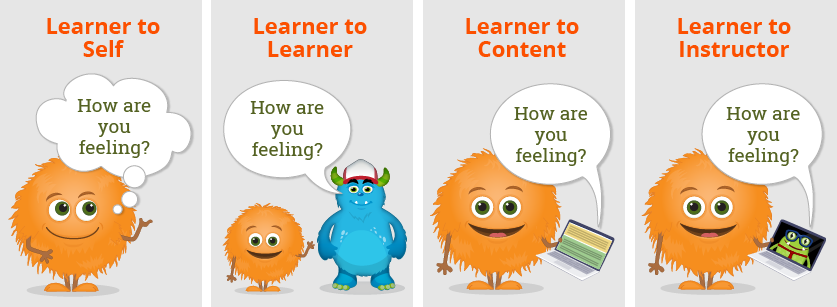
For decades there has been discussions of interaction types in education. (Anderson, 2003) Most interaction types observed in driver training traditionally are learner to instructor or learner to content. Moreover, most interaction time with driver training and orientation is synchronous or at the same time. This Learning Strategy is going to help you think about ways you can hold training without a physical classroom.
Interaction Time
The following Lesson is broken down into two different interaction times.

Objectives
|
||
Estimated Time60 minutes |
||
Materials
|
(or at the same time without a classroom)
- Meet in Luma Live or a similar technology.


 Do a poll: Have you journaled before? {YES or NO} and publish the results.
Do a poll: Have you journaled before? {YES or NO} and publish the results.
 Ask the class if they know what the research says are the benefits of journaling. After you have had a chance to brainstorm with them, show them the Benefits of Journaling Handout.
Ask the class if they know what the research says are the benefits of journaling. After you have had a chance to brainstorm with them, show them the Benefits of Journaling Handout.

 Come up with tips together on how to get started.
Come up with tips together on how to get started.
 Have your learners flip the page over and see tips that come from the industry.
Have your learners flip the page over and see tips that come from the industry.

 Now it is time to share prompts with learners. You can discuss prompts together using the COVID-19 Outbreak Journaling/Writing Prompts for Adults and Children eNugget® exercises or have learners investigate different prompts they could use or use with their Children.
Now it is time to share prompts with learners. You can discuss prompts together using the COVID-19 Outbreak Journaling/Writing Prompts for Adults and Children eNugget® exercises or have learners investigate different prompts they could use or use with their Children.- Option: Set up a google doc or a discussion board for learners to share their exercises or prompts. You can give them time during the call to go out on the Internet to find exercises and prompts.
(or not at the same time)


 Option: Give learners the opportunity to journal. Post prompts in the discussion board for them from the COVID-19 Outbreak Journaling/Writing Prompts for Adults and Children eNugget®.
Option: Give learners the opportunity to journal. Post prompts in the discussion board for them from the COVID-19 Outbreak Journaling/Writing Prompts for Adults and Children eNugget®. Send out the COVID-19 Outbreak Journaling/Writing Prompts for Adults and Children eNugget® or similar online content.
Send out the COVID-19 Outbreak Journaling/Writing Prompts for Adults and Children eNugget® or similar online content.
 Set up a discussion board that includes a link to Benefits of Journaling Handout and Tips for Getting Started Handout.
Set up a discussion board that includes a link to Benefits of Journaling Handout and Tips for Getting Started Handout.
- What are the benefits of journaling for you?
- How do you structure your journaling?
- Do you have any tips, exercises, or resources for others that journal or whose children journal?
Reference:
Anderson, T. (2003). Modes of interaction in distance education: Recent developments and research questions. Handbook of distance education, 129-144.

 Luma® is a learning and instructional design company that is always coming out with new training topics. Need something specific? Give us a call at (574) 807-8148 ext 5 or email
Luma® is a learning and instructional design company that is always coming out with new training topics. Need something specific? Give us a call at (574) 807-8148 ext 5 or email 

